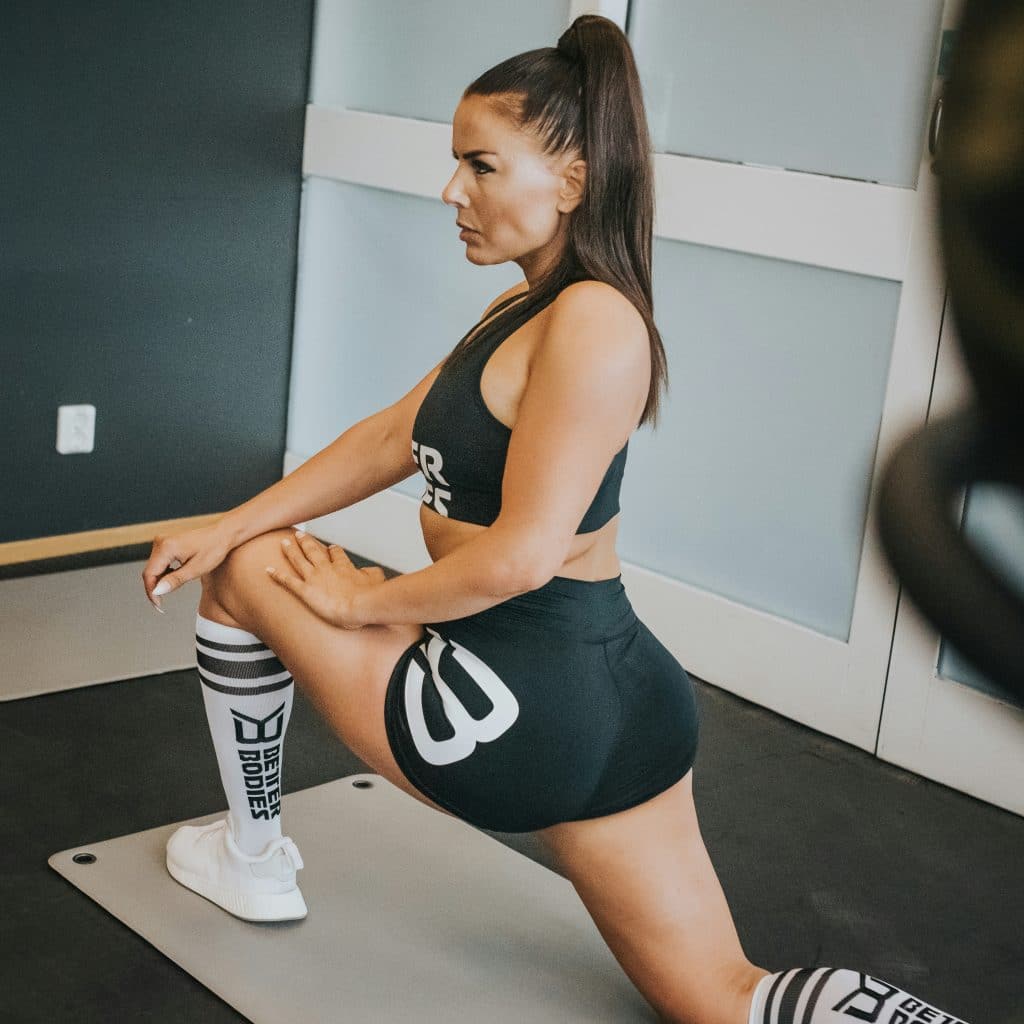
Not that there’s anything wrong about being over 35! It’s just that science tells us that when we reach our 30s, we start experiencing muscle mass decline, more hormonal shifts, and other lifestyle changes that may lead to reduced physical activity. All this makes us more susceptible to injury while working out.
If you want to practice more safety precautions while working out, here are 15 things to remember.
Consult Your Doctor

Before you do anything or change up your routine, consider consulting with your physician first. It might be helpful to figure out where your body is at before you push it into new territory. A quick check-up can highlight any issues you should be mindful of. It also gives you a safer baseline to start from. Especially if you’ve had previous injuries or ongoing conditions, getting cleared by a pro is a smart first step.
Warm Up and Cool Down Properly

The biggest way to prevent workout injury is by warming up and cooling down properly. A five-minute warm-up gets your blood flowing and preps your muscles for the work ahead. Cooling down helps you avoid that next-day tightness and reduces post-exercise soreness. Skipping either is like slamming the gas or brakes without warning; your body needs a transition. Over 35, your joints and muscles appreciate the extra prep.
Stretch, Stretch, Stretch!
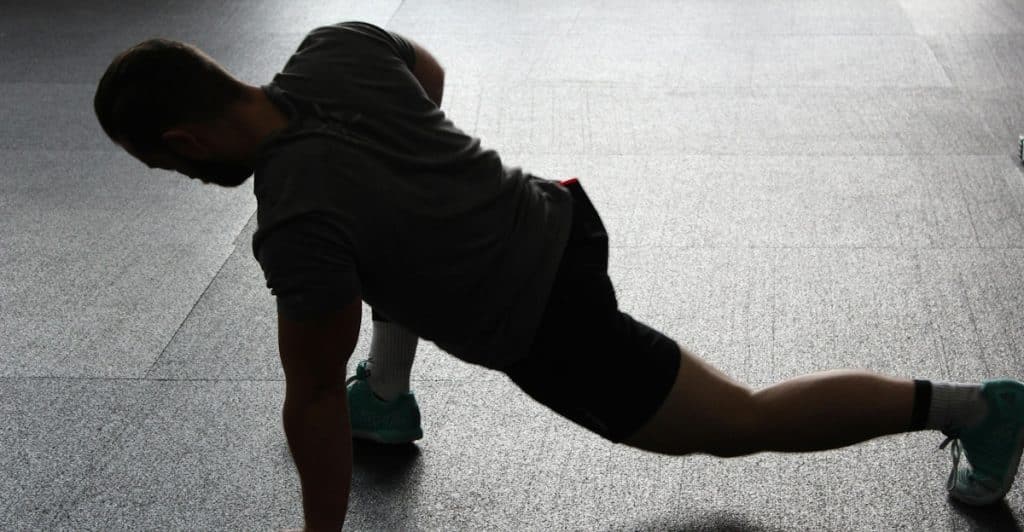
Stretching is also your greatest weapon against stiffness and strain. As we age, muscles and tendons lose elasticity, making us more prone to pulls and tears. A few minutes of dynamic stretching before, and static stretches after, can go a long way. It improves flexibility, circulation, and range of motion. That means less risk of those annoying tweaks mid-lunge or during your deadlifts.
Listen to Your Body

So many workout injuries happen because people refuse to listen to their bodies. That “push through the pain” mentality? Yeah, not the move anymore. Pain is your body waving a red flag, not asking for more reps. Being over 35 means being wiser with how you treat your body. Take rest days. Modify moves and stop if something feels off. Your body will thank you later.
Use Quality Equipment

Subpar equipment might seem like a good deal, but it often leads to unnecessary strain and accidents. Think frayed resistance bands, unstable benches, or worn-down shoes with zero support. Especially as we age, our joints need a little more love–and solid equipment helps with that. Don’t let a faulty strap or wobbly dumbbell derail your progress with an avoidable injury.
Vary Your Workout Types
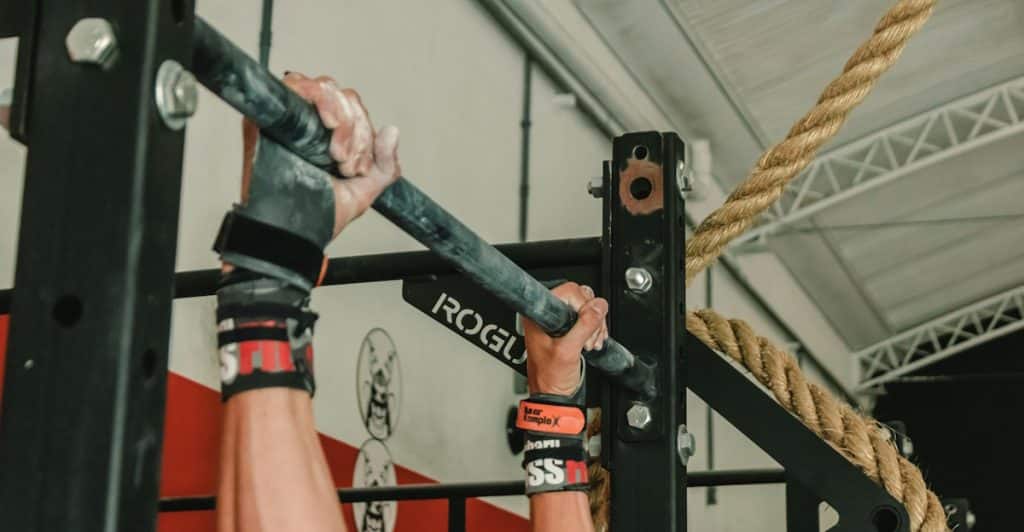
Varying your workouts will not only prevent boredom, it would also give your muscles a chance to recover in smarter ways. Repeating the same moves over and over leads to overuse injuries, especially if you’re doing high-impact routines. You hit different muscle groups, reduce strain on any one area, and build a stronger, more resilient body overall.
Take Time to Learn Proper Technique
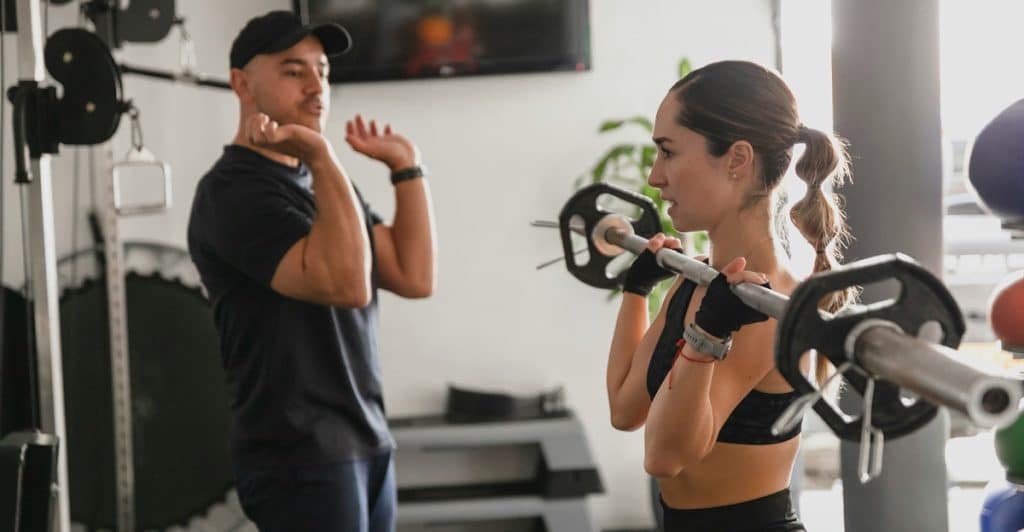
Consider hiring a gym coach or trainer who can help you ensure proper form and technique every time. When you’re over 35, bad form can sneak up on you, and your body won’t bounce back from mistakes like it used to. Learning the correct way to lift, squat, or even plank helps protect your joints, back, and muscles. It’s a small investment that saves you from big injuries.
Do Low Impact Activities

Doing low impact exercises is always the safer option, especially if you’re just getting back to working out. Think walking, swimming, cycling, or Pilates. These types of workouts are gentler on the joints and still build strength, endurance, and flexibility. They also help improve balance and mobility–two things that naturally decline after 35, and can directly affect your injury risk.
Gradually Increase Difficulty

You don’t have to stay at a beginner level, just make sure that you’re increasing intensity in a way that’s gradual and sustainable. Going too hard too fast is one of the easiest ways to pull a muscle, or experience an even worse injury. Whether it’s adding more weight, doing more reps, or trying new moves, slow and steady really does win here. Give your body time to adapt. It’s more efficient in the long run, too.
Prioritize Flexibility and Posture

Our posture is one of the first things to go as we age, and we can combat this by regularly working on mobility and alignment. Slouching, tight hips, and rounded shoulders can all throw your form off, and that leads to injuries. Pilates, yoga, or even targeted stretching can help. When your posture is strong, your movements are safer and more effective.
Treat Injuries Early and Properly

If you do find yourself experiencing some form of injury, or if you’ve already had one or a few in your life, ensure that you address them early and correctly. Ignoring a nagging knee or sore shoulder doesn’t make it go away; it usually just makes it worse. Recovery looks different in your 30s and beyond, and that’s okay. Be proactive, see a specialist, and give your body the care it needs to heal.
Cross Train

Cross training is one of the most effective ways to prevent injury because it keeps your body balanced and challenged in different ways. If you always lift, throw in some yoga. If you’re a runner, try cycling or swimming. It reduces repetitive strain and targets muscle groups you might otherwise ignore. That kind of diversity keeps things fresh and your body more resilient.
Work Out With Friends
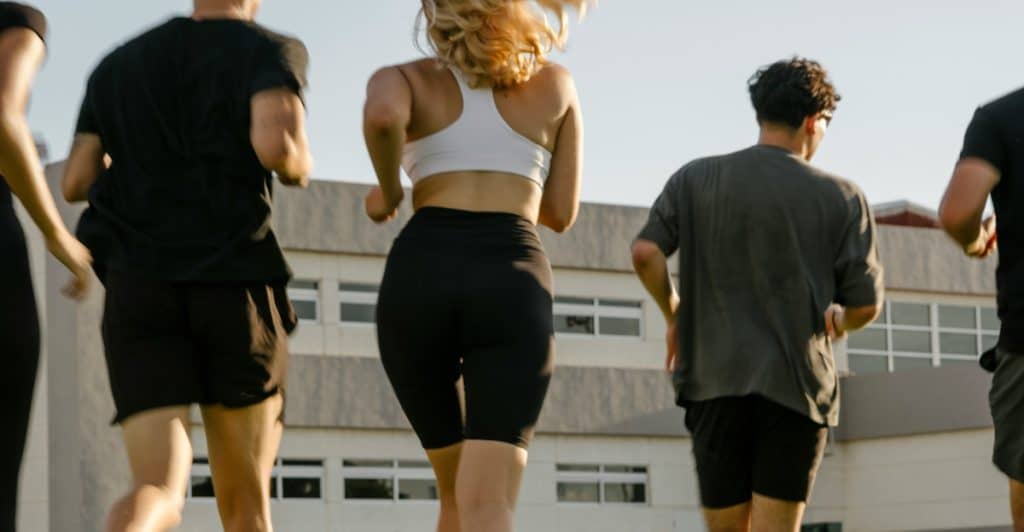
Make your workouts a group project! As long as you have someone spotting you, correcting your form, or just keeping you accountable, you’re already reducing your risk of injury. Plus, a little social support can help you stay consistent, which is key after 35. Being around others also helps keep your energy up and your focus sharper, which helps you stay safe in every session.
Fuel Yourself
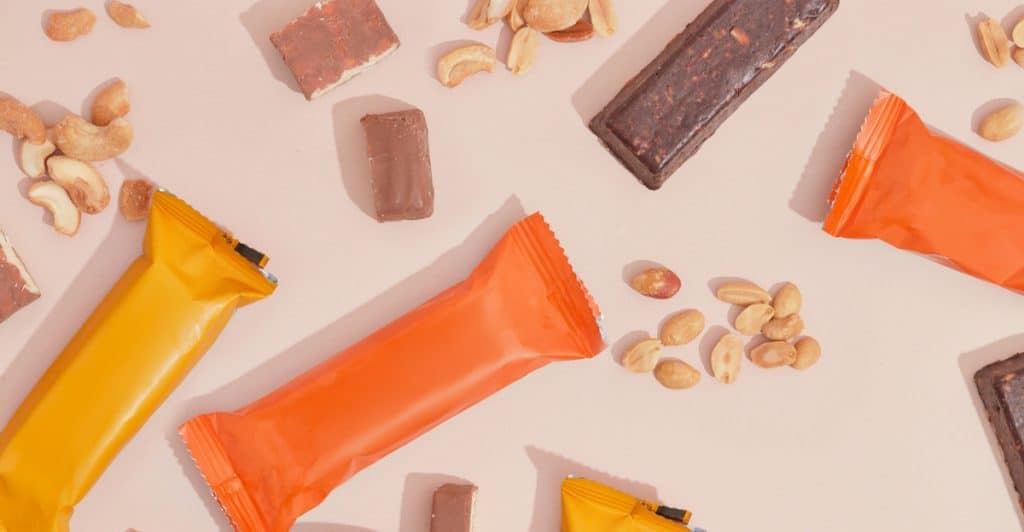
Proper nutrition and diet is key to performance and recovery. As you get older, your muscles need more protein, your joints crave hydration, and your overall energy reserves get depleted quicker. Fueling well before and after workouts helps reduce fatigue, minimize soreness, and support tissue repair. Think of food as part of your injury prevention toolkit.
Pay Attention to Pain and Discomfort

And last but not least, stay attuned to your body and its needs, pains, and limits. Discomfort might be your body’s way of signaling something’s off: Like an imbalance, inflammation, or impending injury. Don’t brush it off or power through. Take breaks when needed, scale back if something feels wrong, and stay mindful of how your body reacts over time. That awareness is everything.






Ask Me Anything